
Date: July 1, 2014
Media Contact:
Bill Van Pelt, WAFWA Grassland Coordinator, bill.vanpelt@wafwa.org, (602) 717-5066
Aerial Survey Shows Lesser Prairie-Chicken Population Increased 20 Percent in 2014
Biologists Note Regional Populations Fluctuate, Emphasize Value of Improved Habitat
The third annual lesser prairie-chicken aerial survey shows a nearly 20 percent increase in the bird’s range-wide population, up from an estimated 18,747 birds in 2013 to 22,415 this year. While wildlife biologists are encouraged by the increase, they note that prairie-chicken numbers can fluctuate up and down from year to year, mainly due to grassland habitat conditions influenced by rainfall.
The range-wide increase was not evenly spread across the bird’s four habitat regions distributed among five states—Colorado, Kansas, New Mexico, Oklahoma, and Texas. The mixed grass prairie region showed the biggest gain, a region that includes the northeast Texas Panhandle, northwestern Oklahoma and south central Kansas, an area where more rain produced better prairie habitat. The sand sagebrush region in southwestern Kansas, southeastern Colorado and the northwestern Oklahoma panhandle, where persistent drought continues to take a toll, showed a significant population decline.
“Just as with last year’s population decrease, we shouldn’t read too much into short-term fluctuations over one or two years,” said Bill Van Pelt, WAFWA grassland coordinator. “What these numbers show is the importance of maintaining good prairie habitat. Increased rainfall led to improved habitat in part of the lesser prairie-chicken’s range, allowing populations to respond to better conditions. This population response underscores the importance of implementing the Lesser Prairie-Chicken Range-wide Conservation Plan, a blueprint to work with private landowners and industry to protect and restore habitat and recover the species.”
Companies, landowners, farmers and ranchers that did not enroll by the federal listing deadline of May 12 may still enroll in the range-wide plan and receive regulatory assurances their operations can continue under an accompanying Certificate of Participation. Participating companies pay enrollment fees, allowing them to continue oil and gas production under certain restrictions while providing funds to conserve prairie chicken habitat. As of early June, about 160 oil, gas, wind, electric and pipeline companies had enrolled about 9 million acres across the five states, committing more than $43 million for habitat conservation over the next three years. Enrollment fees are deposited with WAFWA and administered to fund conservation efforts by private landowners to benefit the lesser prairie-chicken in the five state region.
West Ecosystems, Inc. of Laramie, WY is the contractor conducting the lesser prairie-chicken aerial survey effort. Begun in 2012, it is the first large-scale, helicopter-based survey to locate lesser prairie-chicken leks or breeding areas across the High Plains region in all five states within the bird’s range, which is then used to estimate the population. The survey is a collaborative effort involving WAFWA’s Lesser Prairie-Chicken Interstate Working Group and is funded through industry enrollment fees, state wildlife agencies, and the U.S. Bureau of Land Management.
Organized in 1922, the Western Association of Fish and Wildlife Agencies (WAFWA) represents 23 states and Canadian provinces, spanning from Alaska to Texas and Saskatchewan to Hawaii – an area covering nearly 3.7 million square miles of some of North America’s most wild and scenic country, inhabited by over 1500 premier wildlife species.
More information, including the range-wide plan, is available on the WAFWA website at www.wafwa.org.

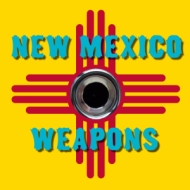
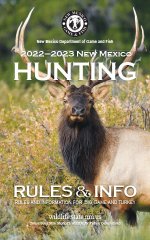
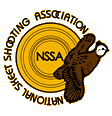


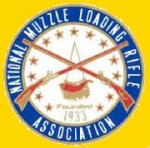
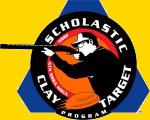
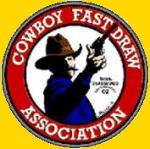




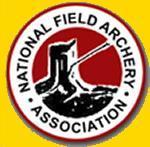
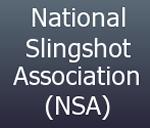



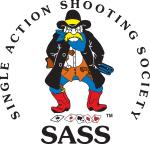


Leave a Reply